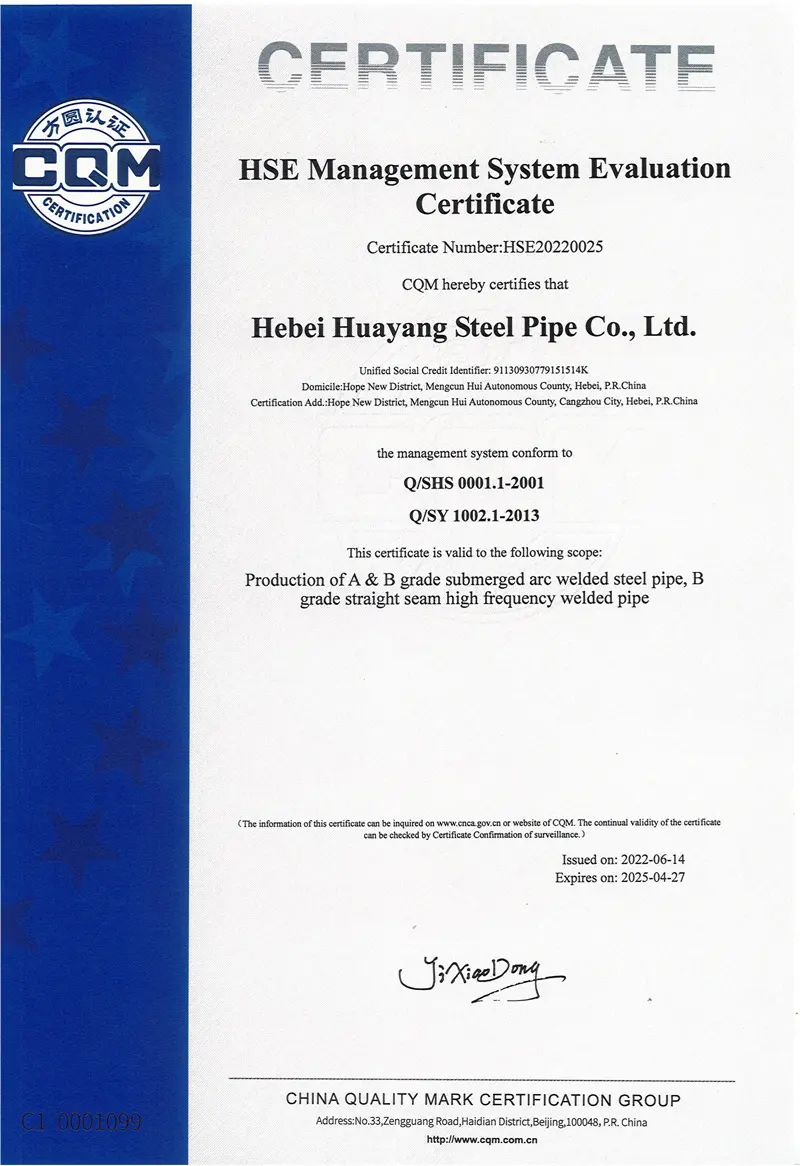
Dec . 06, 2024 19:14 Back to list
hpmc-hydroxypropyl methyl cellulose factory
HPMC The Versatile Hydroxypropyl Methyl Cellulose
Hydroxypropyl methyl cellulose (HPMC) is a multifunctional cellulose ether derived from natural cellulose, known for its solubility in water and diverse applications across various industries. As a result of its unique chemical structure, HPMC has become an essential ingredient in the production of numerous products, including pharmaceuticals, construction materials, food, and cosmetics. The rising demand for HPMC has spurred numerous factories worldwide to focus on its production, contributing to advances in technology and methods of synthesis.
Understanding HPMC
The chemical composition of HPMC consists of hydroxypropyl and methyl groups attached to the cellulose backbone, which grants it distinct properties. Its ability to form a gel when combined with water makes it an excellent thickening and stabilizing agent. Additionally, HPMC is non-toxic, making it suitable for use in food and pharmaceutical applications—a key factor in its growing popularity.
One remarkable characteristic of HPMC is its temperature-sensitive behavior in aqueous solutions. Depending on the concentration and temperature, the solubility can vary significantly, which allows manufacturers to adjust its properties according to specific requirements. This feature is particularly beneficial in the food industry, where it acts as a gelling agent and stabilizer in sauces, dressings, and baked goods.
Applications of HPMC
1. Pharmaceutical Industry HPMC is widely utilized in the pharmaceutical field due to its excellent film-forming properties. It is often used in the production of tablets, providing a controlled release mechanism that enhances the bioavailability of drugs. Moreover, it is employed in the formulation of eye drops and other liquid medications as a viscosity-enhancing agent, ensuring uniform distribution within the solution.
2. Construction Industry In construction, HPMC serves as an essential additive in cement and mortar production. It improves workability, enables better adhesion, and enhances the open time of concrete, allowing for more flexibility in large projects. The use of HPMC in tile adhesives has gained traction due to its ability to prevent slippage and increase durability.
hpmc-hydroxypropyl methyl cellulose factory

3. Food Industry As a food additive, HPMC plays a crucial role in improving texture and mouthfeel. It acts as a fat replacer in low-calorie products and is commonly used in gluten-free formulations to mimic the elasticity of gluten. Its ability to retain moisture also contributes to the shelf life and quality of various food products.
4. Cosmetics and Personal Care HPMC is a popular ingredient in cosmetics and personal care products like lotions, creams, and shampoos. Its thickening properties improve the texture and stability of formulations, while its ability to form a protective film on the skin enhances product performance.
The Production Process
The production of HPMC involves several critical steps, starting with the alkalization of cellulose to create alkali cellulose. This material is then reacted with propylene oxide and methyl chloride under controlled conditions to yield hydroxypropyl and methyl derivatives. The reaction parameters, such as temperature, pressure, and time, can be adjusted to produce HPMC with varying properties tailored for specific applications.
Maintaining quality during production is paramount. Factories often implement stringent quality control measures to ensure consistency and purity in the final product. Technological advancements in production processes, including the use of automated systems and quality monitoring tools, have significantly enhanced the efficiency and reliability of HPMC manufacturing.
Conclusion
The rising global demand for HPMC has led to significant advancements in its production, driven by innovations in manufacturing techniques and applications. As industries continue to seek versatile and safe additives, HPMC stands out as a valuable component across various sectors. Its unique properties, combined with strict quality control measures in factories, ensure that HPMC will remain a cornerstone ingredient in the future. Whether in pharmaceuticals, food, construction, or cosmetics, HPMC's versatility continues to play a crucial role in enhancing product performance and meeting consumer needs, securing its place in the market for years to come.
-
Versatile Hpmc Uses in Different Industries
NewsJun.19,2025
-
Redispersible Powder's Role in Enhancing Durability of Construction Products
NewsJun.19,2025
-
Hydroxyethyl Cellulose Applications Driving Green Industrial Processes
NewsJun.19,2025
-
Exploring Different Redispersible Polymer Powder
NewsJun.19,2025
-
Choosing the Right Mortar Bonding Agent
NewsJun.19,2025
-
Applications and Significance of China Hpmc in Modern Industries
NewsJun.19,2025







